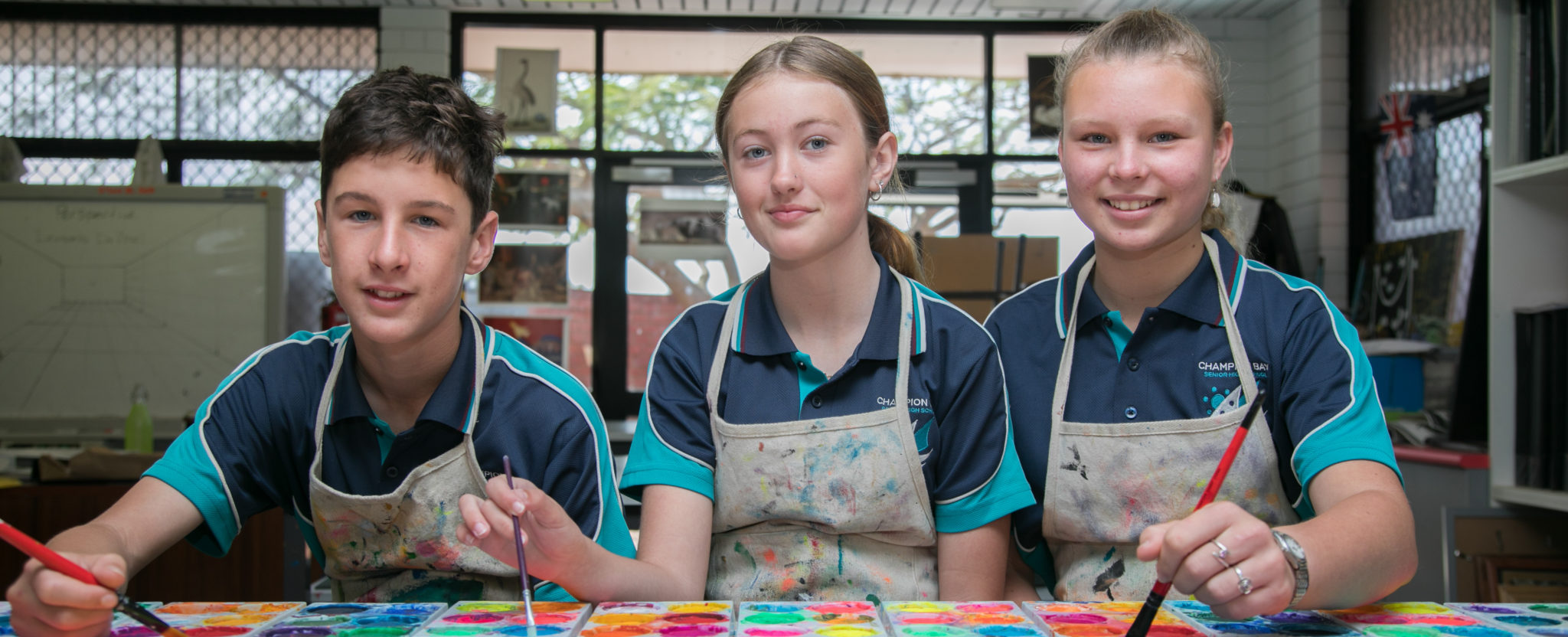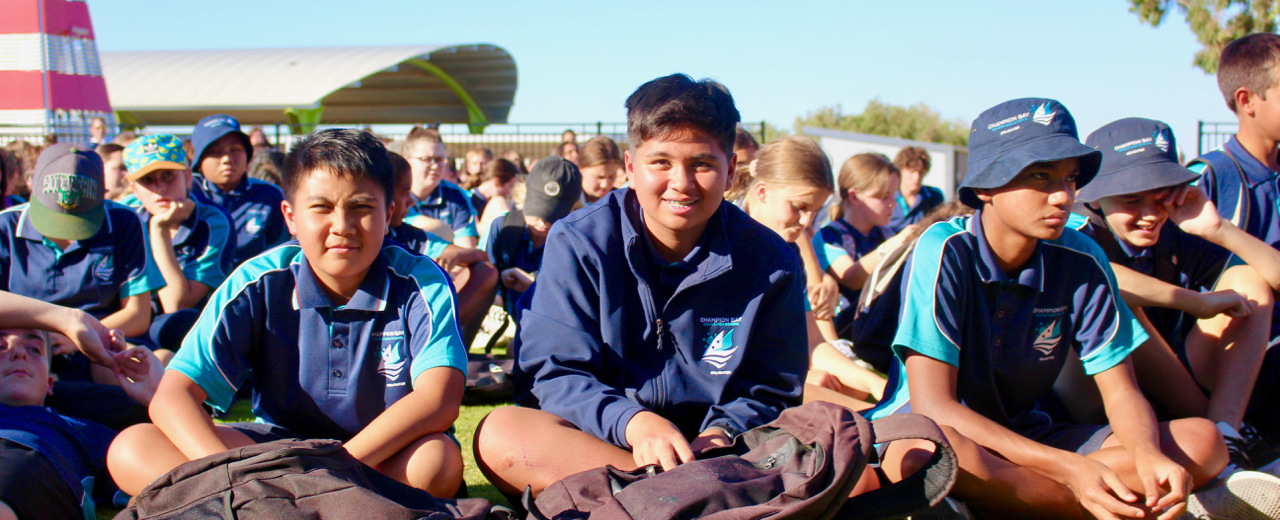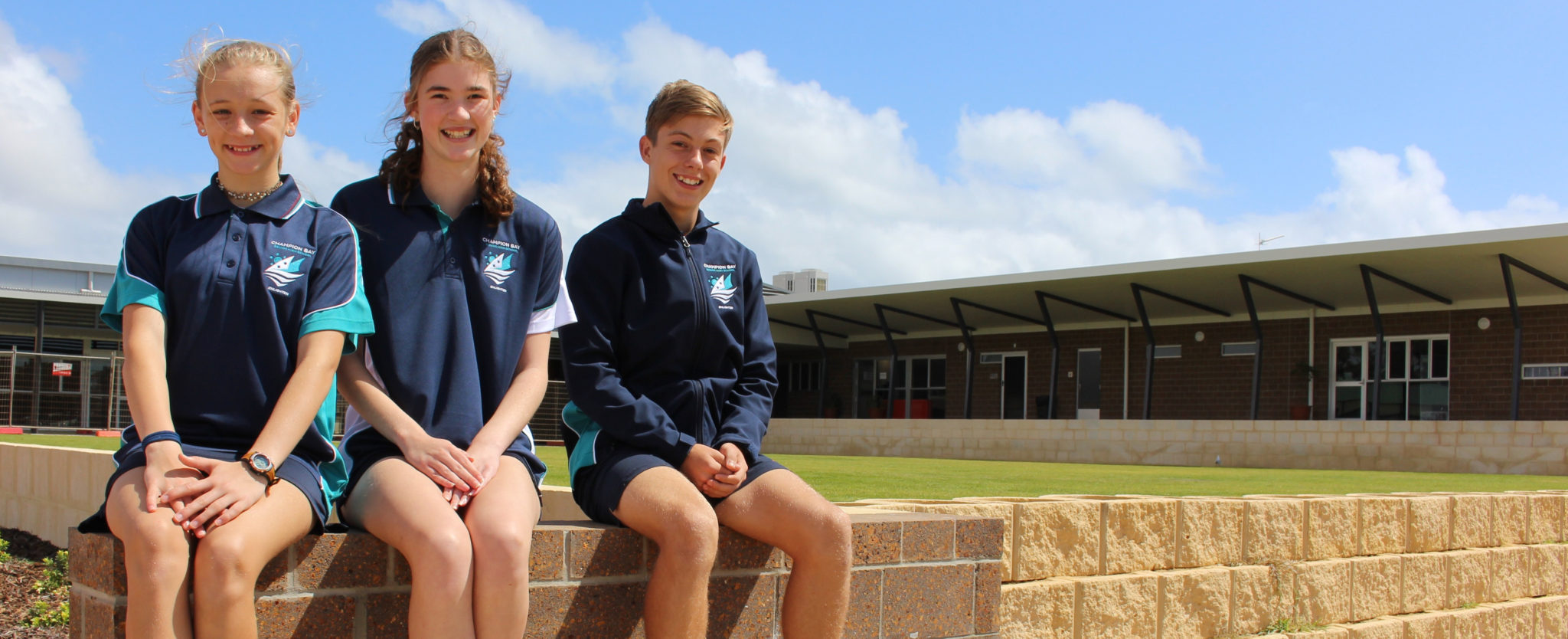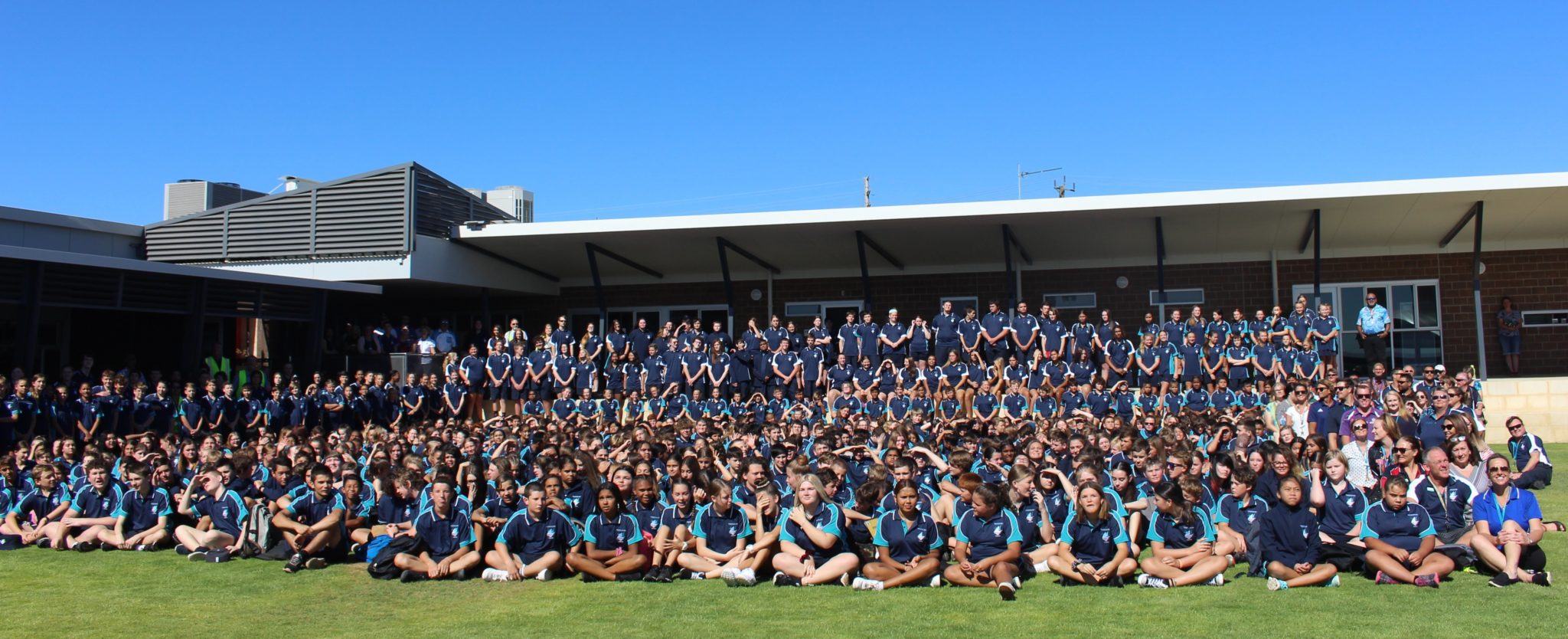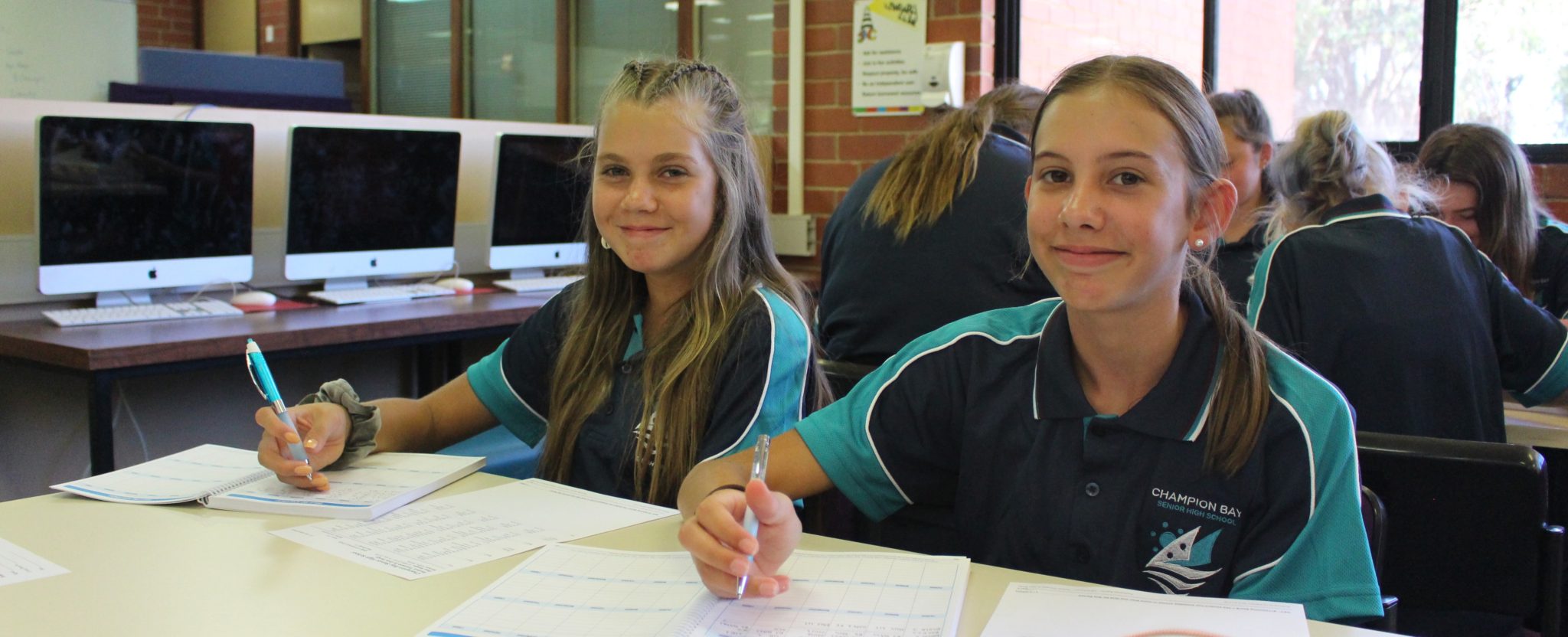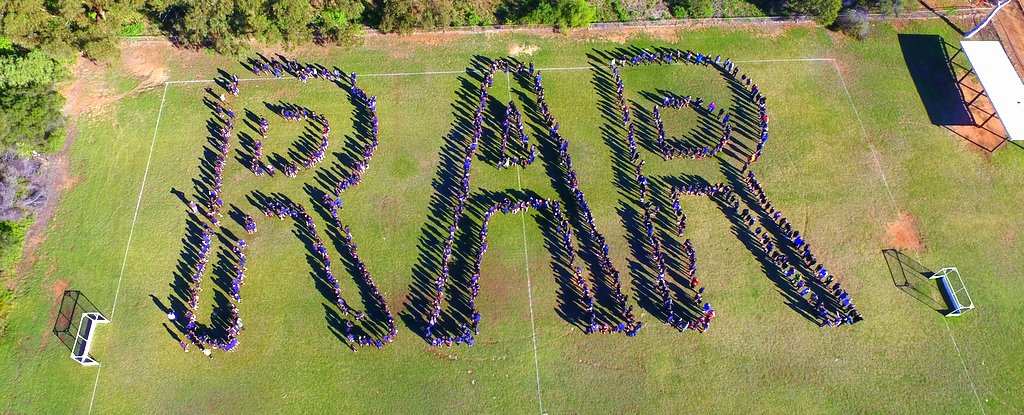Humanities and Social Science
The Humanities and Social Science Learning area develops student’s understanding of how individuals and groups live together and interact with their physical, historical and cultural environment. Students develop a respect for their cultural heritage and a commitment to social justice, the democratic process and sustainability. These inform decision-making, which contributes to community cohesion and a positive future.
Society and Environment provides students with opportunities to:
- Acquire knowledge, skills and values that enable them to analyse and reflect on their place in contemporary society as a group member;
- Develop critical thinking and problem-solving skills through the investigation of issues;
- Make seasoned and informed decisions, reflect on civic rights and responsibilities, develop a responsible global perspective and take appropriate civic action;
- Actively explore and participate in the world around them; and
- Acquire knowledge, skills and understandings essential for success in further study within the social science disciplines.
Structure of Society and Environment Learning area
Semester 1:
National History Curriculum
The development of a national history curriculum provides an invaluable opportunity to ensure that all Australian students learn history. Awareness of history is an essential characteristic of any society; knowledge of history is fundamental to understanding societies. Understanding of history is as foundational and challenging as other disciplines.
History is the study of the past. It provides knowledge, understanding and appreciation of previous events, people practices and ideas. It orders them and discerns patterns of continuity and change. It provides the means whereby individual and collective identities are formed and sustained. It enriches the present and illuminates the future.
Year 8: Medieval World, Shogunate Japan and Black Death
Year 9: Industrial Revolution, Australian Settlement, World War 1
Semester 2:
Place and Space
Students understand that the interaction people have with places in which they live is shaped by the location, patterns and processes associated with natural and built features.
Year 8 – Landforms and Ecosystems
Year 9 – Biomes and Food Security
Natural and Social Systems – Economics, Ecosystems and Political Systems
Students understand that systems provide order to the dynamic natural and social relationships of the world.
Year 8 – Australian Law and Government, Economics
Culture
Students understand their cultural identity and the idea of an Australian identity.
Year 9 – What is Culture? Who are Australians? What defines us as a nation?
Tasks/ Activities:
Throughout the course of the year the students are given the opportunity to demonstrate their understanding of the outcomes through various assessment tasks: formal essay or report writing, tasks that enrich their understanding and use of ICT (iMovies, podcasts, vodcasts etc.) to creative activities (museum displays, dioramas, posters etc.)
It is expected that by the end of year 9 all students will be able to write paragraphs and link paragraphs into essays.
Assessment
Grade Descriptions:
A – Excellent achievement
The student demonstrates achievement that greatly exceeds the expected standard.
B – High achievement
The student demonstrates achievement that exceeds the expected standard.
C – Satisfactory achievement
The student demonstrates achievement at the expected standard. The student is able to progress to the next level of learning.
D – Limited achievement
The student demonstrates achievement below the expected standard. The student demonstrates a quality of learning that is adequate for progression but will still need additional support or assistance to progress.
E – Very Low achievement
The student demonstrates achievement below the minimum acceptable for this year level. The Student will need additional support or a modified curriculum to progress.


